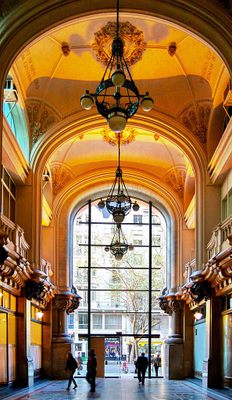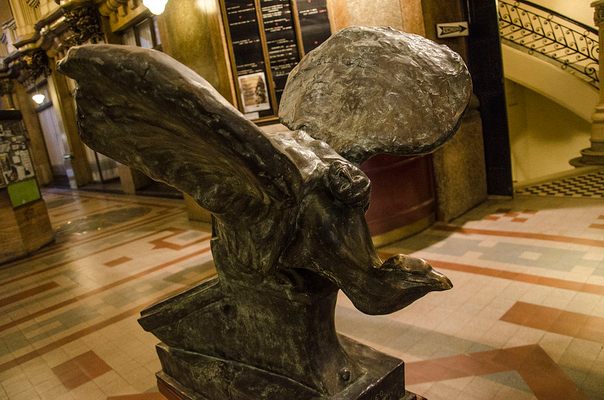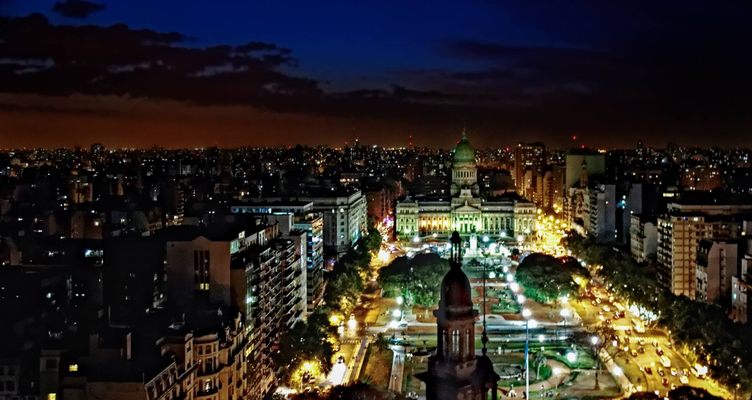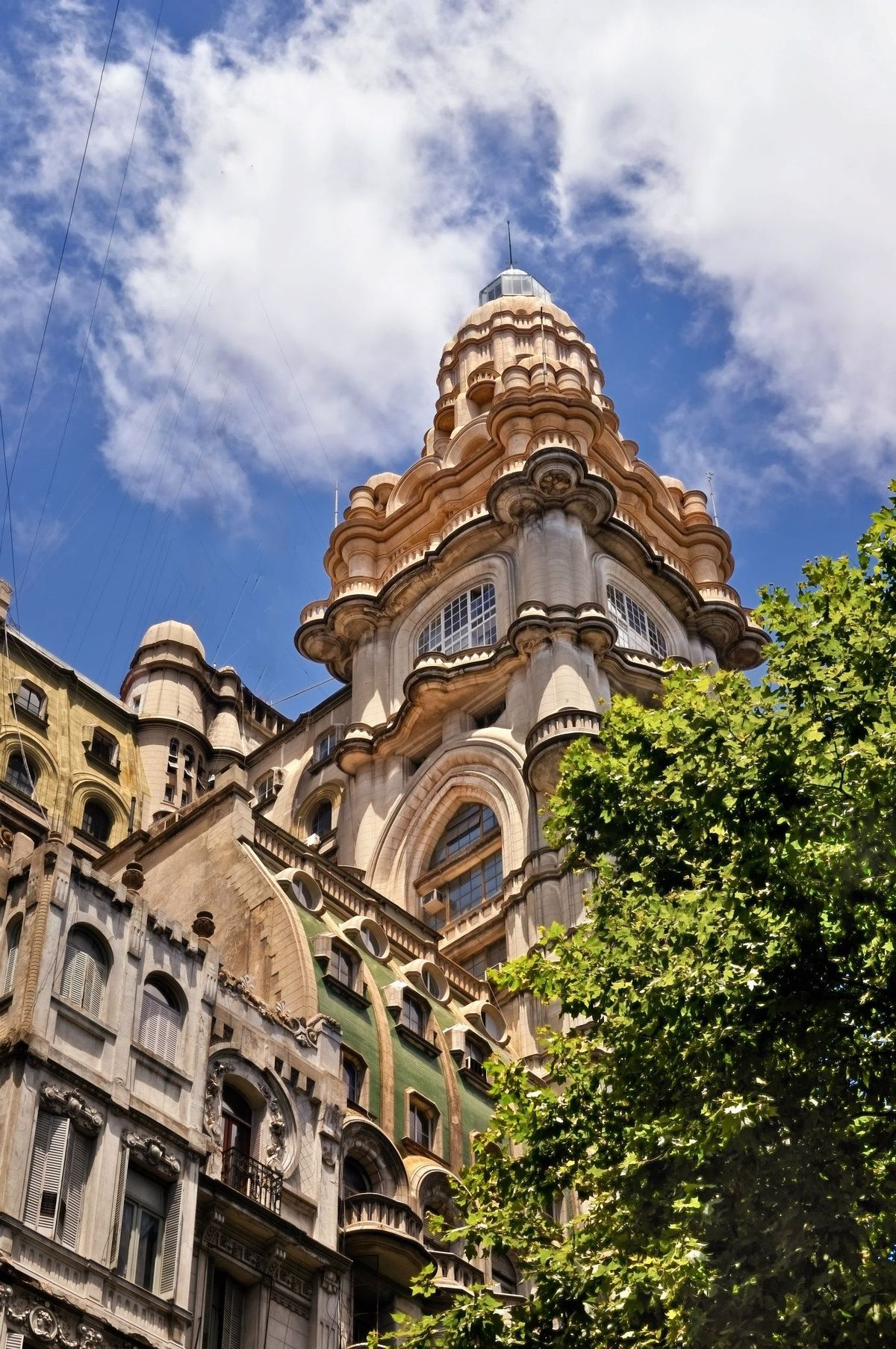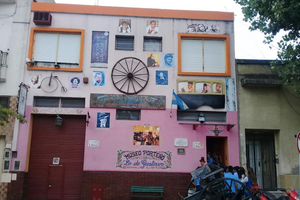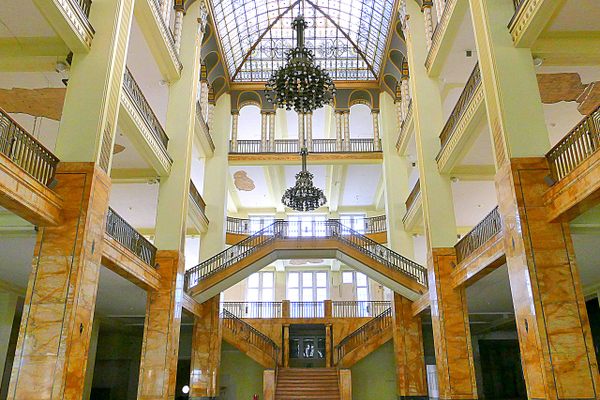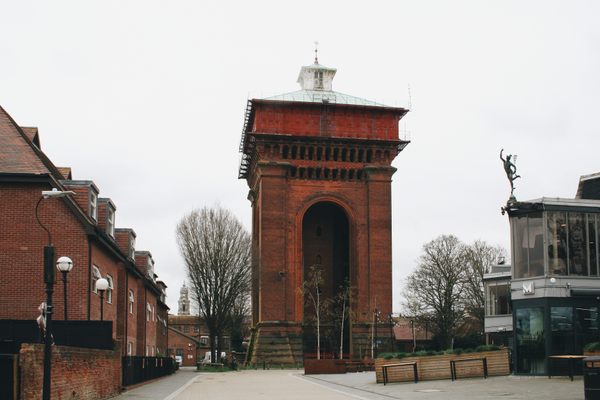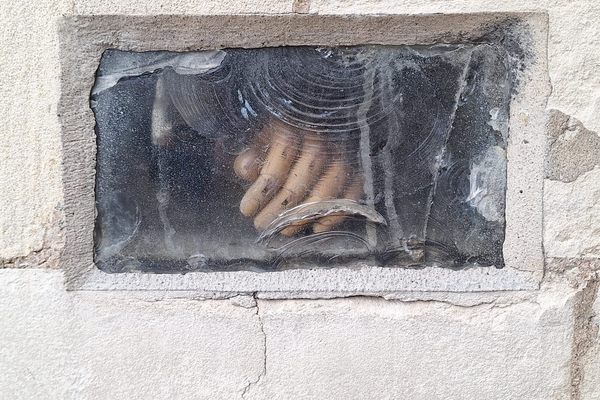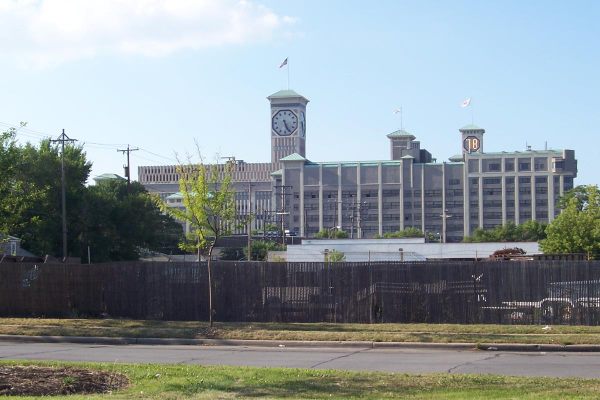About
Located a minute's walk from Argentina's national legislature, at the end of Buenos Aires' Avenida de Mayo, the Palacio Barolo, once South America's tallest building, still towers above the neighboring structures.
Work began on the building in 1919 and was completed in 1923, but its attraction extends far beyond its former title, or even its place among Buenos Aires' scads of building-relics from its golden age as an emerging world capital. Conceived of by cotton magnate Luis Barolo and architect Mario Palanti as a secular temple, the Palacio Barolo serves as an allegory for the structure and content of Dante Allighieri's Divine Comedy.
Believing that Europe had begun drifting toward collapse, Barolo intended the Palacio Barolo to house Dante's ashes far away from a disintegrating European continent. His partnership with Italian architect Mario Palanti, also a Dante aficionado, resulted in the design of a structure that included the numbers most prevalent in the Divine Comedy: The building's 22 floors (Dante divided the Divine Comedy into 22 stanzas) sit upon a foundation whose measurements conform to the golden ratio. And, like Dante's work, the building invites visitors to progress through hell, purgatory, and heaven as they climb to the top.
The lobby, a central hall adorned with inscriptions of Latin verse and monster statues, radiates out from a central dome into nine vaulted archways, which represent the nine circles of hell as described by Dante in the Inferno. Throughout these first three floors are geometric figures representing alchemical symbols for fire, the colors of the Italian flag, and Masonic symbols on the walls, floors, and still-operating antiquated elevators.
The highest levels, representing heaven, begin at an observation deck with one of the few 360 degree views of the sprawling city of Buenos Aires. Climbing a few more floors to the building's highest point (100 meters, analogous to the 100 cantos of the Divine Comedy), one arrives at a still-working lighthouse.
Like the Pillars of Hercules at the mouth of the Mediterranean, Pilanti intended this tower light and another of his buildings, the Palacio Salvo in Montevideo, Uruguay, to serve as a welcome to visitors arriving from the Atlantic to the Rio de la Plata estuary. The ornament above the lighthouse, a figure of the Southern Cross constellation, aligns with the actual constellation on July 9th, Argentine Independence Day.
Related Tags
Know Before You Go
Avenida de Mayo, between Santiago del Estero and San José
Community Contributors
Added By
Published
March 11, 2010





